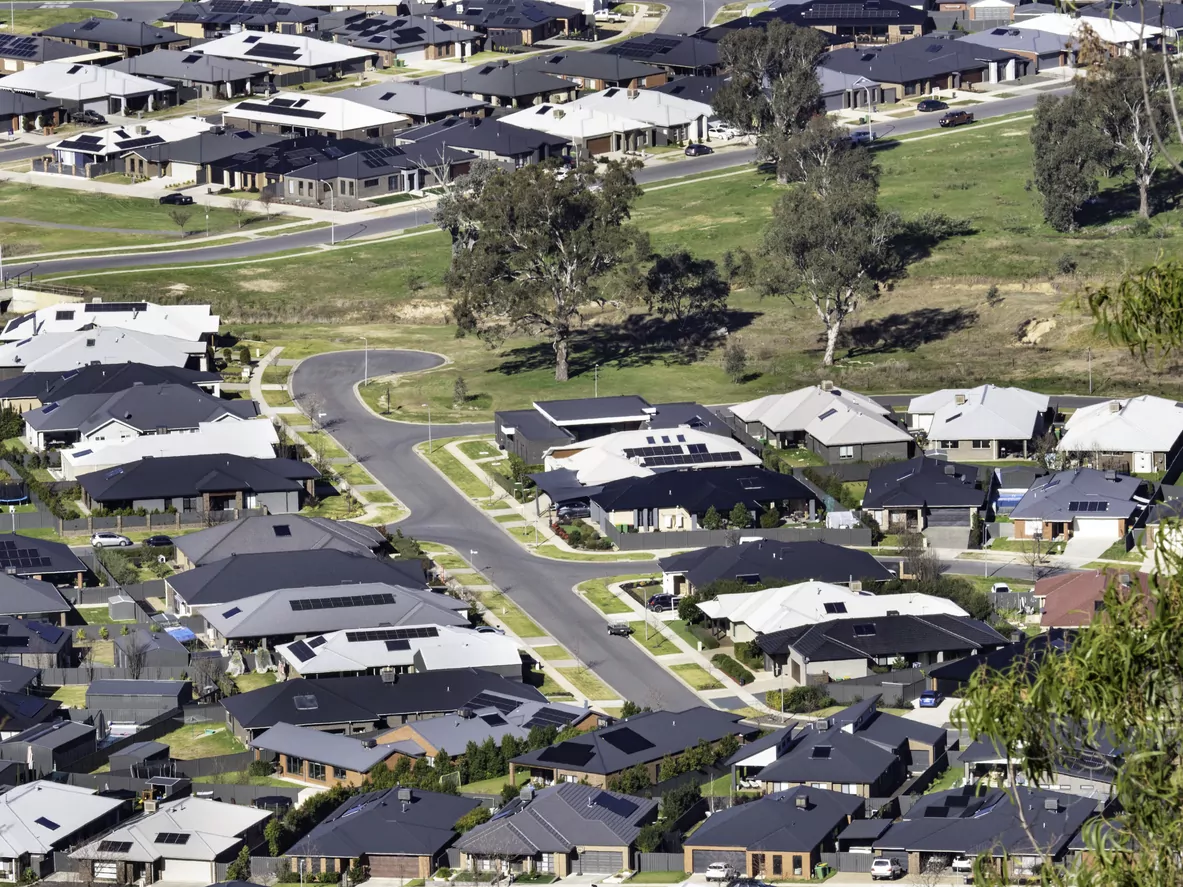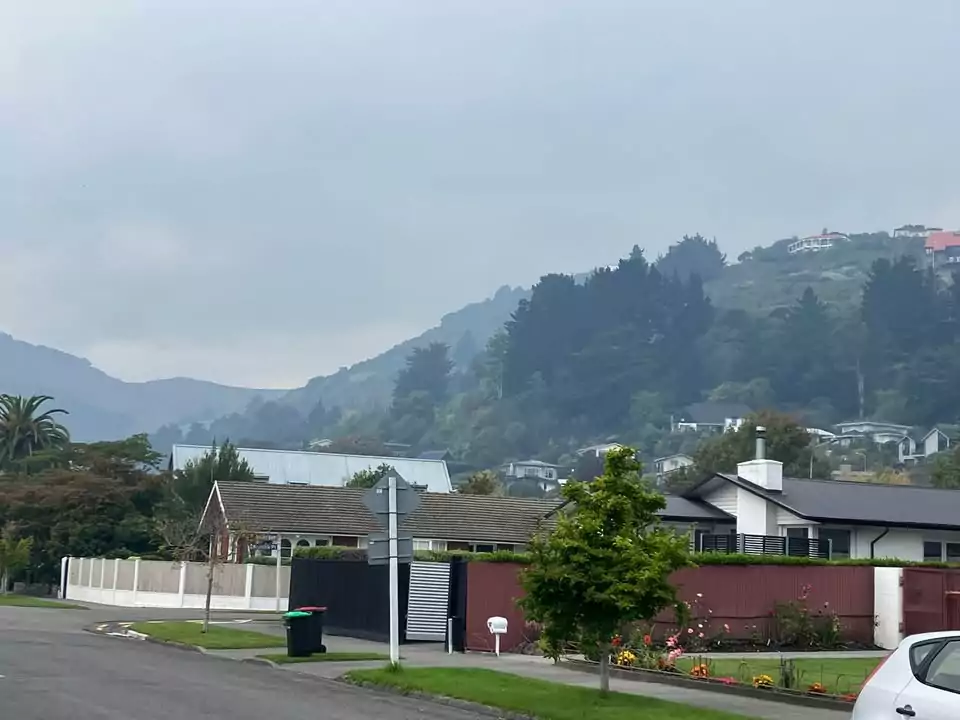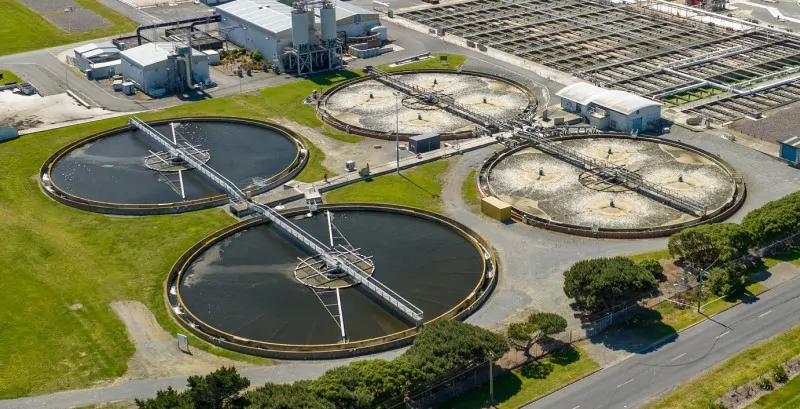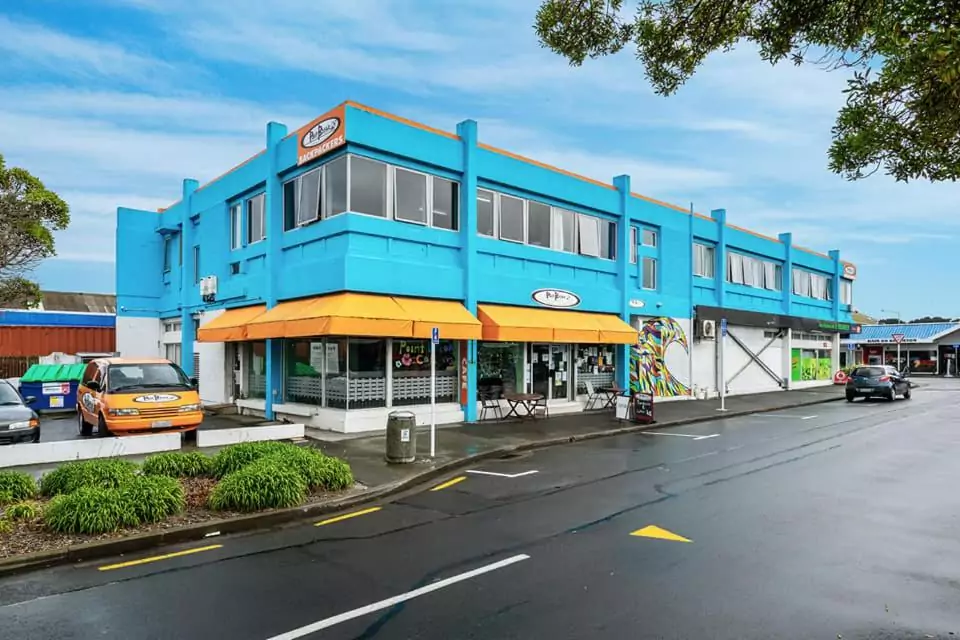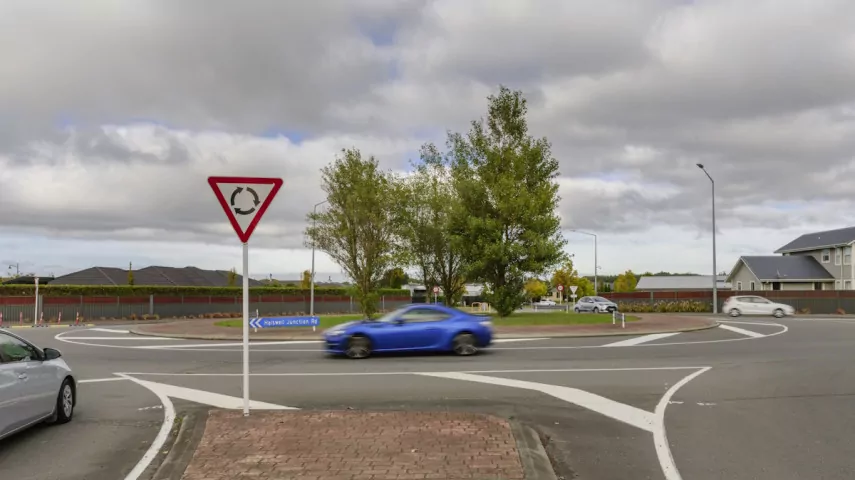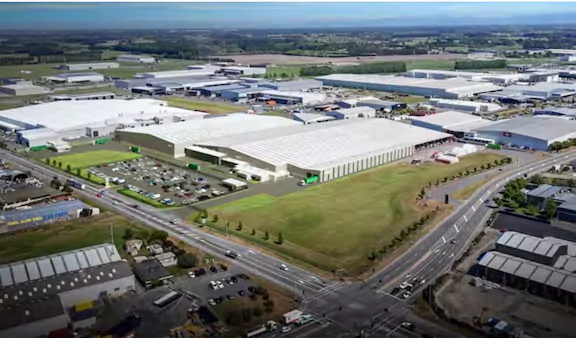The Government has unveiled a new $100 million plan to accelerate housing development on the fringes of New Zealand’s cities, in a bid to ease the housing crisis and unlock thousands of new homes.
Housing and Infrastructure Minister Chris Bishop today announced a series of immediate reforms aimed at fast-tracking medium-sized greenfield developments, including low-interest loans for infrastructure and changes to land-use protections under the Resource Management framework.
“We’re committed to letting our cities grow up and out to tackle the housing crisis,” said Bishop. “Greenfield developments play a vital role in increasing supply, but many have been stuck in limbo due to red tape and funding gaps. These changes will help get shovels in the ground.”
Under the new approach, the Government’s National Infrastructure Funding and Financing Agency (NIFFCo) will provide development-phase loans through a newly dubbed ‘Greenfield Model.’ The loans will go to special purpose vehicles created under the Infrastructure Funding and Financing Act and will be repaid by future homeowners through annual levies.
The financing structure is designed to reduce the high cost of borrowing during the early, riskiest stages of housing development. Once construction is complete, the debt will be refinanced on the private market.
“This model provides lower-cost finance to developers when they need it most. It will help bridge the funding gap and ensure housing projects move ahead in the areas that need them,” Bishop said.
The $100 million in lending capital will come from unallocated NIFFCo funding and will be recycled into future projects over five to seven years.
In a related move, the Government is also taking aim at what it sees as overly restrictive land protections that have limited urban growth. Bishop confirmed that Cabinet has agreed to remove LUC-3 land from the protections under the National Policy Statement for Highly Productive Land (NPS-HPL), a move that fulfills a National Party election promise.
While the NPS-HPL was intended to preserve food-producing land, Bishop said its current form goes too far—protecting around 15 percent of the country’s landmass, including large tracts of lower-quality LUC-3 land.
“This change could unlock new greenfield housing opportunities equivalent in size to the entire Waikato region,” he said.
To balance housing development with food security, the Government will consult on the creation of ‘special agriculture zones’ that would protect high-quality land—particularly where LUC 1, 2, and 3 land is clustered in key horticultural areas like Pukekohe and Horowhenua.
“These are smart, cost-effective measures that can make an immediate difference while we work on broader reform,” Bishop added. “They will enable new housing projects that otherwise might not have happened—or would have happened too late.”
